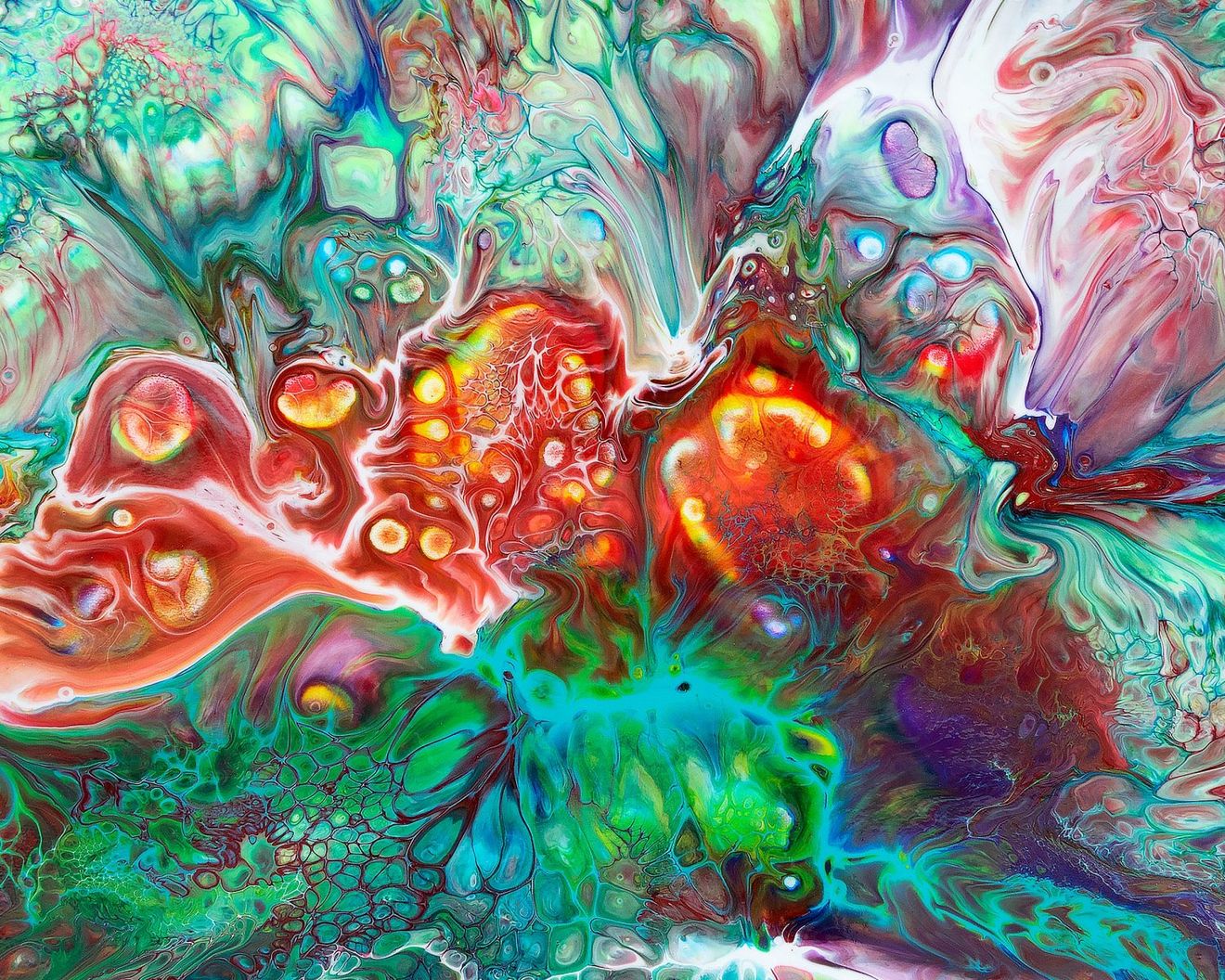The ideal way to use ketamine entails receiving the treatment in a safe and comfortable setting. An ideal setting would also include an unrushed atmosphere, with a supportive psychotherapist or counselor nearby (or just a phone call away). However, this is not always the experience that the ever-growing number of ketamine treatment facilities offer their patients.
Even when many of the therapeutic elements are stripped away, the drug can still offer individuals significant relief from the symptoms of depression. These include severe, debilitating, and otherwise treatment-resistant types of depression.1,2,3 Thankfully, there are some simple things that patients can do to empower themselves. Additionally, they can return the center of healing into their own realms. Finally, they can enhance the success of the ketamine treatments they receive. This all holds true no matter what kind of doctor they see or what kind of facility they visit.
Steps to Maximize the Ketamine Experience
Here are some simple ways to get the most out of each and every ketamine treatment.
Trust in the journey. As with any psychedelic-inducing experience, it’s important to let go. Let the journey take you, and try to learn something from the experience. Furthermore, as a dissociative drug ketamine might help you feel like your problems are smaller and more manageable. Alternatively, they may seem not as suffocating as they might feel otherwise. Whether you experience a full-blown mystical journey or just a welcomed feeling of distance between yourself and the depression, enjoy this opportunity. Consider your life and its challenges from a new angle. Notice what it’s like not to feel engulfed by your problems. Appreciate the newfound space you feel that separates your core Self from the pain of your human existence. See what wisdom and lessons you might be able to glean.
Enjoy this opportunity to consider your life and its challenges from a new angle.
What to Do During a Ketamine Experience
Listen to music. Music is a powerful tool for enhancing relaxation and supporting the inward journey.4 Check out these wonderful playlists and download them onto your phone (or MP3 player, if you still have one). Wearing headphones will also help minimize the distractions you may hear. Not hearing doors slamming elsewhere in the clinic, or nurses talking in the hallway will help. Likewise, you don’t want to hear the buzzing sound coming from the medical machinery in the treatment room.
Ignore your phone. Put your phone on airplane mode. Turn off notifications, and minimize distractions. Futzing with a phone while on ketamine will pull you out of your healing journey. It will also likely be outrageously annoying to try and operate an electronic device at this time. Do you want to deal with a phone when you’re clumsy, confused, or seeing double? How about when you’re feeling that you’re floating in space above your own body? Trying to navigate the three-dimensional world while on ketamine is vexing. Besides, it can also make some people feel anxious.
Many ketamine treatment clinics are located in medical office buildings with harsh fluorescent tube lights. This is the antithesis of a healing, relaxing, or journey-supportive environment.
Bring an eye mask. Many ketamine treatment clinics are located in medical office buildings with harsh fluorescent tube lights – the antithesis of a healing, relaxing, or journey-supportive environment. In order to make the treatment a restful, restorative experience consider wearing an eye mask during sessions to help support your inward journey.
Wear layers or bring a blanket. Medical offices tend to be overly air-conditioned, which can make for a chilly session. Keep in mind that you will be lying still for at least an hour during your infusion, so pack accordingly. Bringing cozy socks, a shawl, or even a blanket with you can help keep you comfortable during your infusions. Also, keep in mind that when our temperature is regulated, we tend to feel safer and more relaxed, factors that can only help enhance the treatment.
Friends are Helpful
Bring a friend. Ketamine is a powerful, dissociative drug. This means that as the ketamine levels build up in your bloodstream, you’ll likely feel disconnected from your body. It may be annoying to move, your coordination and reaction times may diminish, you might feel confused, and it could be difficult to communicate. It’s sadly for these reasons that ketamine is sometimes abused as a date-rape drug: the person under the influence of ketamine cannot sufficiently spring to action (or even awareness) to protect him- or herself.5 For this reason I recommend bringing a trusted friend or family member to each and every appointment and asking them to come into the room with you – but not to talk to you or otherwise distract you.
Want to be alone for the infusion? Have your chaperone sit in a spot where they can see the door of your treatment room and pop in every time the doctor or nurse enters your room. By having a trusted person watch over your body while you receive the treatment, you may be able to relax more fully into the experience. Having somebody in the room can also be handy for things like bundling you up with an extra blanket, and turning off the lights. Moreover, they can hold your hand if you feel overwhelmed.
Arrange for a ride home. If going to the toilet on your own may be enough of a challenge right after a ketamine infusion, then driving or operating heavy machinery is an absolutely dangerous idea. Likewise, taking public transportation, especially if traveling alone, might be very overwhelming. Walking even a couple of blocks might be challenging and exhausting. This is where having that friend/chaperone can come in handy. You may want to ask them ahead of time to double as your chauffeur and ask them to see you all the way into your home. If you’re traveling solo, then a medical transportation company is likely the safest way to go.
Integration After Ketamine
Take the rest of the day off. Most people feel out of it for the remainder of the day after a ketamine infusion. Occasionally, they might even experience a worsening of their depressive symptoms. Give yourself a break, and don’t schedule any obligations for the remainder of the day post-infusion, even fun, social engagements. Stocking the fridge ahead of time with ready-made meals, packets of instant miso soup, and other easy-to-prepare, nourishing foods is likewise a good idea. Finally, ignoring your e-mail inbox is a quality idea too.
You may feel worse before you feel better. Ketamine is often presented in a rosy light as a miracle switch in the brain that gets flipped and makes depression and anxiety go away. However, some people find that their suicidal ideation and hopelessness actually worsen in the hours post-infusion. If this happens to you, don’t despair. It will likely pass within a day. If you’re worried about hurting yourself, ask a friend, family member, or other trustworthy person to stay with you after your infusions.
Having a therapy session during, immediately following, or shortly after a ketamine infusion may lead to therapeutic breakthroughs that might otherwise never happen.5
Connect with a counselor in person or online. As explained above, the dissociative state created by ketamine offers a unique window of opportunity. This state allows us to dig into psychological traumas and emotional pains that might otherwise be too guarded or too painful to penetrate into normal, baseline consciousness. Having a therapy session during, immediately following, or shortly after a ketamine infusion may lead to therapeutic breakthroughs that might otherwise never happen.5 Don’t have a therapist or integration counselor? An entire directory of providers who work in person and online can be found here.
Prescription Advice
Keep taking your mood-supporting medications and supplements. Another key point is the advantage ketamine has over other psychotropic medicines. This is because it tends to play quite well with most other medications and supplements. Whereas patients typically have to taper down off of antidepressants before they can participate in MDMA- or psilocybin-assisted psychotherapy, those undergoing ketamine treatments can typically continue taking their prescription drugs, mood-enhancing herbal formulas, and nutraceutical supplements as usual. Continuing with your daily medication/supplement regimen might also help stretch out the intervals between infusions, furthermore.
When meaningful psychedelic journeys and dissociated states are properly processed and integrated, however, they can stay with us for weeks, months, years, and even decades.
Skip the –epams and –zolams (benzodiazepines). As calming as they can be, benzodiazepine drugs like alprazolam (Xanax), lorazepam (Ativan), and diazepam (Valium) can actually dampen the anti-depressive effects of ketamine.5 In other words: ketamine works better when taken away from these other drugs.
Natural anxiolytics like L-theanine, passionflower, kava kava, and Rescue Remedy, however, can typically be used without issue in conjunction with ketamine infusions. Feeling anxious about your next infusion? Talk with your naturopathic physician or other functional medicine provider about taking a supplemental dose of an anti-anxiety supplement preceding your ketamine treatment. (After all, having a panic attack on your way to a ketamine infusion somewhat defeats the purpose of getting the infusion.)
Integrate. There are various theories on how ketamine helps with depression, most of which center around various receptor sites in the brain. Unfortunately, any such changes to brain chemistry are likely to be merely transient. Fortunately, when meaningful psychedelic journeys and dissociated states are properly processed and integrated, they can stay with us for weeks, months, years, and even decades.6 So take the time to integrate and honor what came up during your infusion. Journal about it. Record yourself talking about it. Make artwork. Talk to a friend. Join a psychedelic integration circle. Connect with a therapist or integration counselor. At any rate, do what you feel will help you weave the healing parts of your journey into your day-to-day life.
Remember: the drug is but a part of the medicine.
Follow your Curiosity
Sign up to receive our free psychedelic courses, 45 page eBook, and special offers delivered to your inbox.References
- Taiminen T. Ketamine as treatment for depression. Duodecim 133, no. 1 (2017): 52-60.
- Andrade C. Ketamine for depression, 2: diagnostic and contextual indications. J Clin Psychiatry 78, no. 5 (May 2017): e555-e558.
- Phillips JL, Norris S, Talbot J, Birmingham M, Hatchard T, Ortiz A, Owoeye O, et al. Single, repeated, and maintenance ketamine infusions for treatment-resistant depression: a randomized controlled trial. Am J Psychiatry 176, no. 5 (1 May 2019): 401-409.
- Barrett FS, Preller KH, Kaelen M. Psychedelics and music: neuroscience and therapeutic implications. Int Rev Psychiatry. (21 Sept 2018): 1-13.
- Andrade C. Ketamine for Depression, 5: Potential Pharmacokinetic and Pharmacodynamic Drug Interactions. J Clin Psychiatry. 2017 Jul;78(7):e858-e861.







